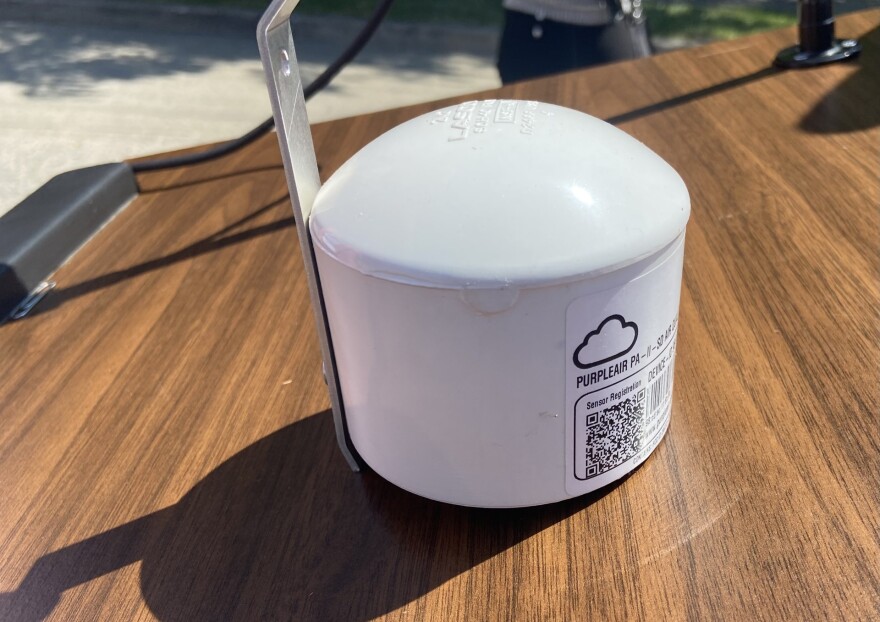- Officials from Lehigh and Northampton counties have released the October update for Lehigh Valley Breathes
- The air quality monitoring project is expected to run for one year
- So far, 15 of 40 PurpleAir monitors have been placed
BETHLEHEM, Pa. — Fifteen air quality monitors have been so far installed throughout the Lehigh Valley as part of a $100,000 air monitoring project.
“As of Oct. 25, there are now 15 PurpleAir monitors installed and reporting,” according to a project update posted on websites for Lehigh and Northampton counties. “You can see their locations on the Shiny App here.
“We are working diligently to get all of the monitors installed this fall.”
This is the second monthly update for Lehigh Valley Breathes, a Valley-wide effort to monitor air quality amid emissions from trucking and warehousing. As part of the effort, 40 PurpleAir monitors are slated to be installed. During an Aug. 2 news conference announcing the effort, officials said poor air quality is driving residents away, and the monitoring project will give leaders data to improve the air and combat further issues.
Residents are scheduled to receive monthly updates on the year-long project, officials said.
The project’s design has been completed, “a fairly complex procedure,” officials said in the October update.
Because one of the project objectives is to identify possible PM 2.5 ‘hot spots,’ it’s important that we have a variety of locations with differentiated characteristics so that we can compare the data we collect to the characteristics of the location to analyze which of the characteristics may be contributing to a hotspot.Lehigh Valley Breathes, October update
“Because one of the project objectives is to identify possible PM 2.5 ‘hot spots,’ it’s important that we have a variety of locations with differentiated characteristics so that we can compare the data we collect to the characteristics of the location to analyze which of the characteristics may be contributing to a hotspot,” according to the update.
PM 2.5 are so small that they’re invisible to the naked eye, but made up of a mix of chemicals that can get deep into the lungs and can cause health problems.
There are 11 different categories for locations to place the monitors, and officials said they’re trying to place two in each.
First, there are locations based on traffic and distance from highways in an urban corridor. The four locations include: non-proximate to highway — low traffic (residential); non-proximate to highway — high traffic (residential or central business district, CBD); proximate to highway — low traffic (residential); and proximate to highway — high traffic (residential or CBD).
Second, there are locations based on rural traffic and distance from non-highway roads. Locations under this category include proximate to road — lower traffic; proximate to road — higher traffic; and non-proximate to road — lower traffic. Officials noted that a location that is non-proximate to roads with high traffic does not exist.
Third, and finally, there are locations based on distance from a warehouse in rural and urban Areas. Locations include urban corridor — proximate to a warehouse; urban corridor — non-proximate to a warehouse; rural — proximate to warehouse; and rural — non-proximate to a warehouse.
“You can see why it gets complicated to categorize all the sites we’ve been offered and see which ones make the best fit for each category,” officials said.
For more information, visit the Lehigh County or Northampton County website for Lehigh Valley Breathes.


